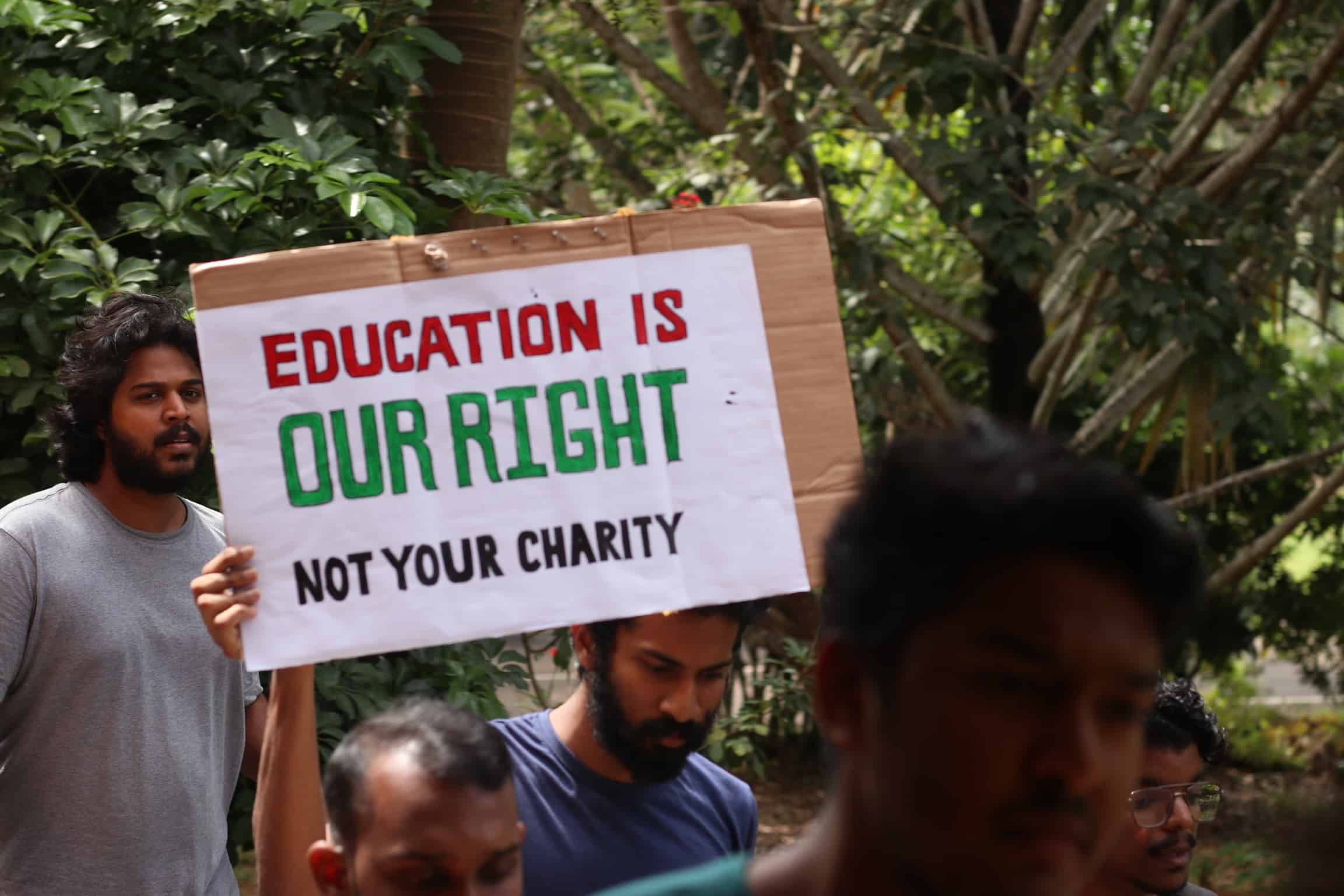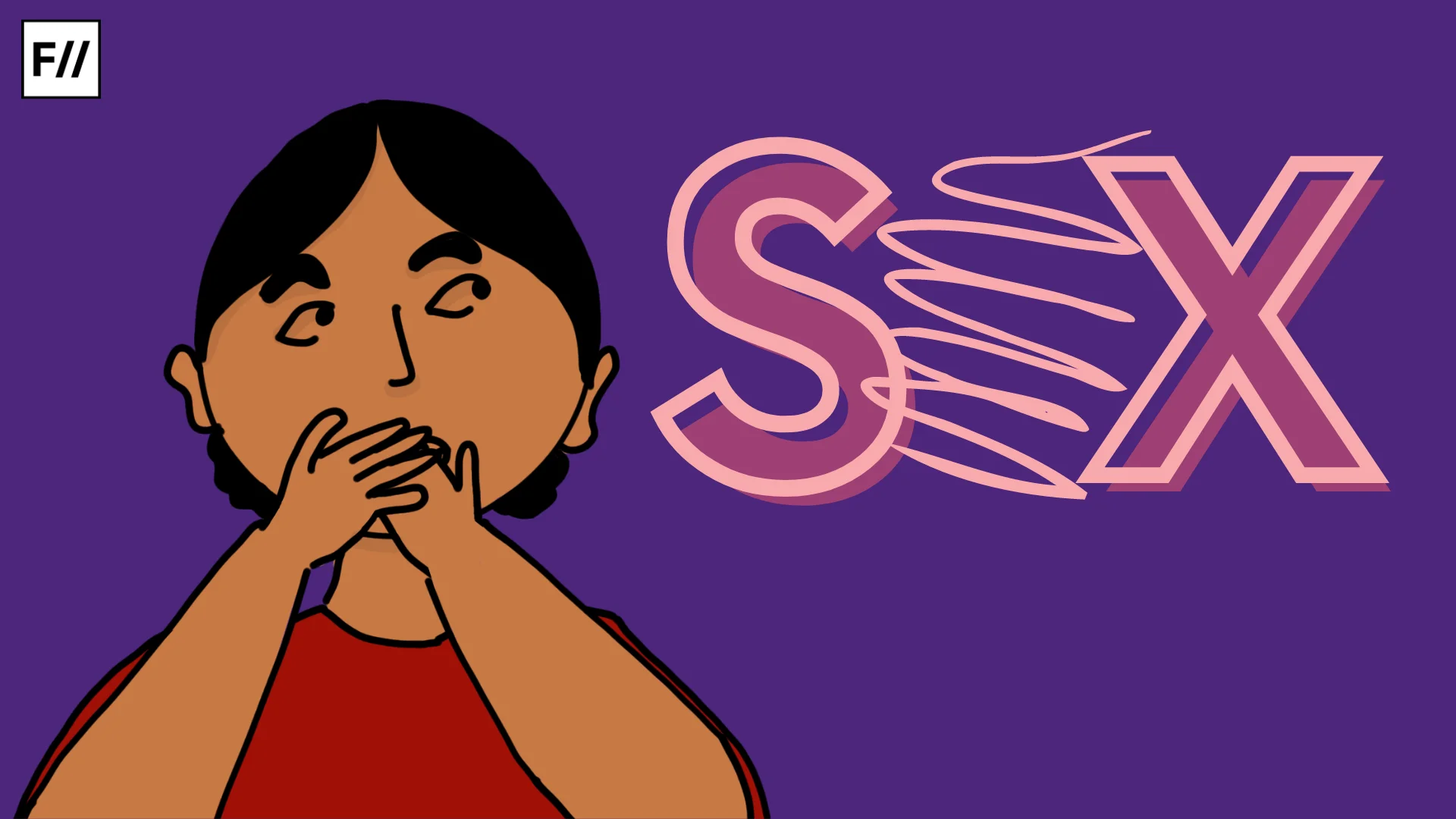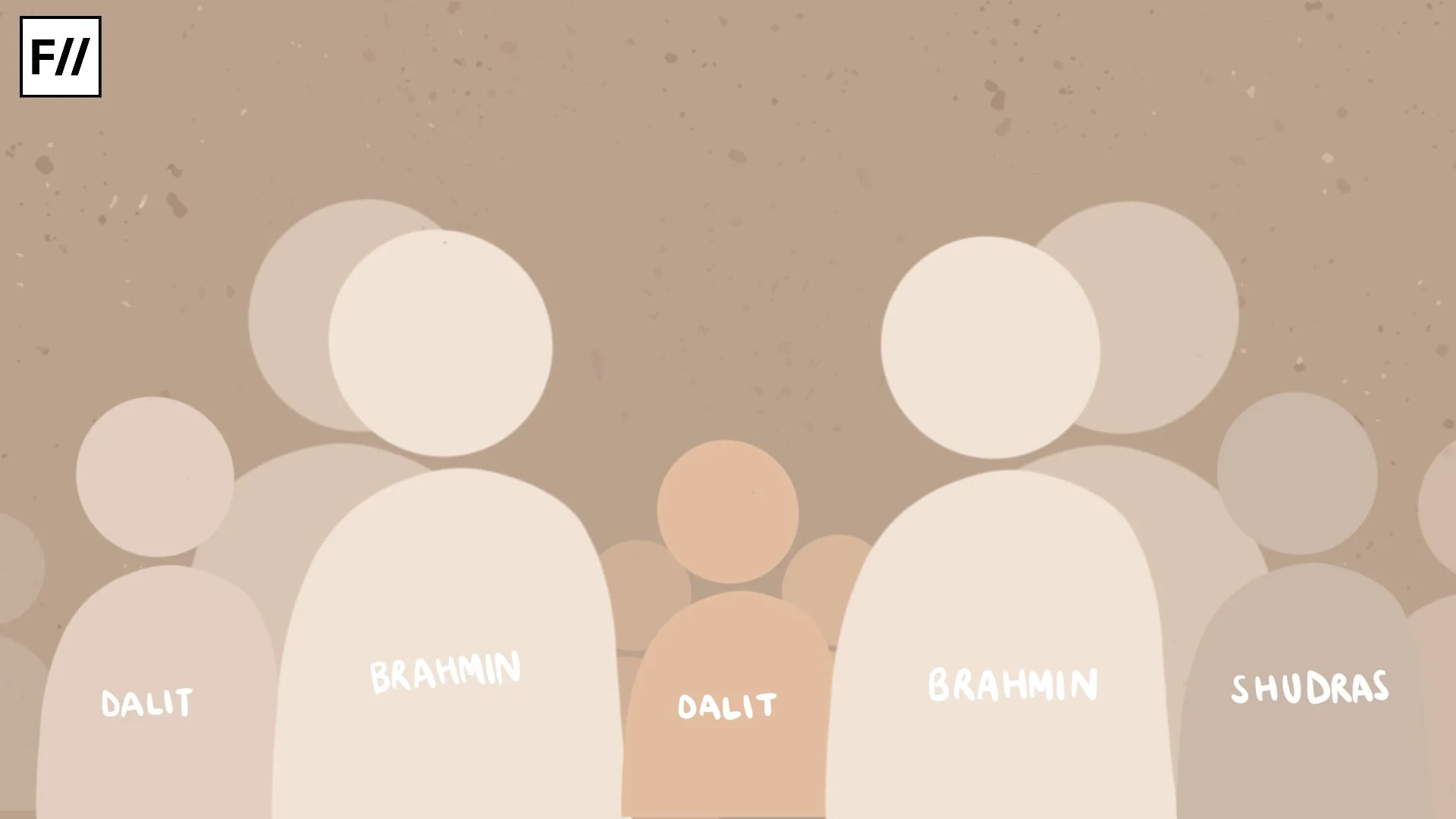Trigger Warning: Mentions Institutional Murder and Caste-Based Violence
The integration of the caste system in the Indian social hierarchy is a deeply rooted part of the sectarian society. Most of the caste hierarchy also brings layers of complexity into the idea of secularism that talks about equality and equity in the largest democracy. Caste-based discrimination contributes to a major fragment of build-up in Indian society. A detailed survey was conducted by the cell of IIT Bombay where 388 SC-ST students participated out of which, 77 students described their lived experiences of facing discrimination on campus.

Darshan Solanki who died by suicide last year on February 12 confided to one of his friends mentioning feeling threatened on the campus, IIT Bombay, because of his caste. Darshan Solanki has allegedly confided in another student about being harmed by Aman Khatri. Solanki belonged to Ahmedabad and was suspected of having jumped off the 8th floor of his hostel building on the campus.
Darshan Solanki who died by suicide last year on February 12 confided to one of his friends mentioning feeling threatened on the campus, IIT Bombay, because of his caste. Darshan Solanki has allegedly confided in another student about being harmed by Aman Khatri. Solanki belonged to Ahmedabad and was suspected of having jumped off the 8th floor of his hostel building on the campus. Khatri was later arrested by the police based on the letter found in Solanki’s room that mentioned, “Arman you killed me.”
The deep-rooted caste system represses a lot of concerns: Analysing the IIT survey
Undeterred by the societal hierarchy, the existence of a deep-rooted caste system repress a lot of concerns that also gets failed to be viewed through institution and ideologies. Caste, as we know it is placing any individual in a social and economic hierarchy with an intersection of identity placed through birth.
Internal surveys conducted by the IIT Bombay openly reveal the same social structure of caste-based discrimination that leads to isolation, demarcation and severe mental health issues faced by students belonging to marginalised communities. A statement, which was issued by the results of the survey mentions the convenience of power hierarchy which is directly evident in India’s social and cultural discourse.
The institution issued a statement stating “although very useful qualitatively, are hard to interpret quantitatively.” In the necessary urgency to bring structural and breaking down the diverse existence of caste, class, race and gender diversity in India, the relatable concerns to bring different intersections are equally necessary to the discourse.
The ambiguous nature of law might not be accessible, though available
Rights and law although equally implied and don’t differ from community to community, yet the ambiguous nature of a caste existence nullifies equal access to justice for different individuals.
Bhupen Verma, from Samaypur Badli who is working as a sanitation worker, adds that his child who is studying in a government-funded school is constantly ridiculed by his fellow classmates knowing about his caste. He has stopped going to school due to the discrimination that forced him to leave the place and lost 3 years of his schooling.
Bhupen Verma, from Samaypur Badli who is working as a sanitation worker, adds that his child who is studying in a government-funded school is constantly ridiculed by his fellow classmates knowing about his caste. He has stopped going to school due to the discrimination that forced him to leave the place and lost 3 years of his schooling.
Also Read: Rise In Institutional Murders: The Pressure Of Class, Caste And Gender
As article 14 states the right to equal and dignified life for individuals but similarly the lack of co-existing features to place discussion on the ambiguity of law has often been neglected. The lack of ability to prioritise the legalities of the largest democracy isn’t evident in the societal conundrum. Most of the work associated varies from the framework of caste, class, race and gender and legitimises the unworthy nature of the societal and systemic construction. This also disallows the work to be permissible for every marginalised individual to be accessible to them in the hierarchy.

According to the results published in the report by the cell of IIT Bombay, students belonging to the Scheduled Caste and Scheduled Tribes in February 2022 a lot of 388 students approximately, 20% of the students on campus have taken the survey. Many of them have described the details and experiences in which they have faced a lot of discrimination.
Earlier, 70% of the SC/ST students mentioned being asked about their ranks and surnames to know about their caste. Contrary to the statement, in another survey it was found that general category students don’t feel knowing about caste isn’t problematic, it is a simple way to understand where the student comes from or mostly out of a behavioural approach to befriending another fellow student.
The IIT Bombay survey form raised several questions like if the participants have faced any discrimination in terms of being subjected to verbal abuse or slurs, to which 83.5% of students said no. Breaking this down, discrimination is a multilayered subjective discourse that can take different forms differing in situations.
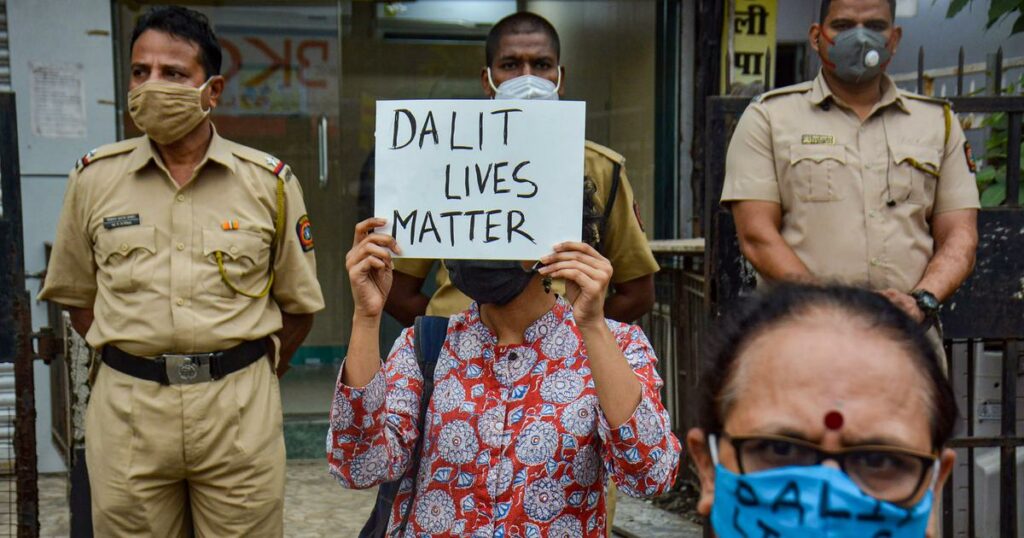
Slurs and abuse can often be in the antipathy nature of approach by the abuser and so is violence. Ambiguity and contrast to understanding the bookish definition to pertain it with the cultural value system of the country is a challenging task.
Nearly, 25% or one in every four students said that they didn’t join SC/ST forum or collective to avoid facing any discrimination after disclosing their identity. 15.5% stated that they faced mental health issues faced by students due to caste-based discrimination.
This daunting task of redefining different social justice systems focusing on individual’s take has seen a lot of failures every time we evaluate the social system of justice. Nearly, 25% or one in every four students said that they didn’t join SC/ST forum or collective to avoid facing any discrimination after disclosing their identity. 15.5% stated that they faced mental health issues faced by students due to caste-based discrimination.
The non-exclusionary system that exists within academic institutions has often led to the growth of mental health issues in students. Out of the 388 students who took the survey, 65% of the students were male. The coincidence of gender gaps further broadens as social mobility decreases amongst different caste groups.
Caste as believed cannot be discussed without discussing the social position of women and the strong presence of patriarchy in society. Men tend to enjoy more advantages in any society irrespective of community which is divided in terms of caste-based hierarchy. The purity of caste is contingent upon the purity of women as much as the caste position increases according to the varna.
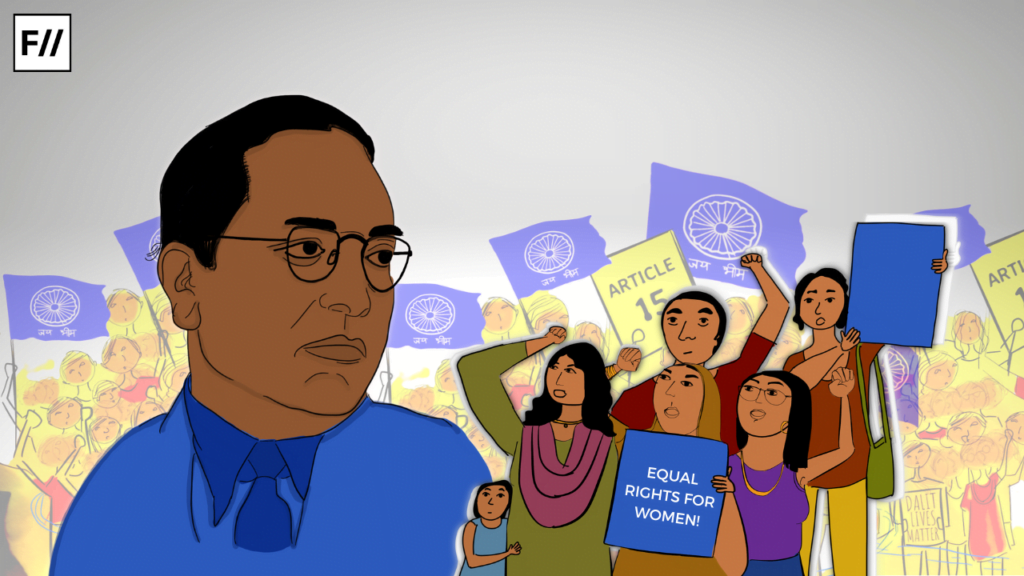
In such a context, it is almost a tough process to understand the challenges faced by women in academic institutions like IITs based on their caste. The discrimination and its further impact might vary depending on personal narration, experience and following up with a much more inclusive system.
Multiple students were found to write about the excluded behaviour of the student once they found out about their caste and rank. Some of the behaviours were also passively appropriate where they refuse to engage in any discussion on subjects or topics. The perplexed behaviour of upper caste students further gets prominent in their actions against the marginalised students. Some of them also refused to share their room with the students from the community once they come to know about their caste.
There is a higher daunting task to navigate the gap and understand affirmative action that would primarily be one of the ways the gaps can be navigated. Derivation to understand the historical nuances of the caste system still lacks the basic interest of political spaces.
Some students also pointed out that in the IIT Bombay survey, there was a lack of a systemic approach by the authority where they give out the caste identities of the students. Especially at the time of job placements, the data gathering process is a common sheet shared amongst batchmates where a different column to fill category is mentioned. This makes the students vulnerable and outcasted without their consent, which can be perhaps complex and yet can involve a critical approach.
Some students also pointed out that in the IIT Bombay survey, there was a lack of a systemic approach by the authority where they give out the caste identities of the students. Especially at the time of job placements, the data gathering process is a common sheet shared amongst batchmates where a different column to fill category is mentioned. This makes the students vulnerable and outcasted without their consent, which can be perhaps complex and yet can involve a critical approach.
Also Read: Social Exclusion And Institutional Murder: The Death Of Darshan Solanki
With the educational system failing to compartmentalise the importance of diverse social subjects, teaching courses which are beyond conventionality, is more of an expected behaviour that feeds into the social system.
Embedded into the system due to a lack of a concrete approach to getting deep into the nuances of the caste system, it is impossible to integrate an equal and equitable system of mindset into the younger population. This is why, researchers track the record, and analyse the data in understanding the growing graph as equally important in understanding the need to change, develop and grow at the same time.
About the author(s)
Ritwik is a northeastern Bahujan who has been a journalist for 2 years. He has also been a UN fellow for the year 2021-22. He has worked on several papers like writing about reportage in broadcast media on women impacted by floods in the northeast. He is currently working on queer representation in the regional press of Assam. Most of the work focused on gender, sexuality, intersectionality, climate change, marginalised and vulnerable communities and data journalism.
He has been a contributing writer at Youth ki Awaaz, Feminism in India and Swaddle for the last 4 years.
